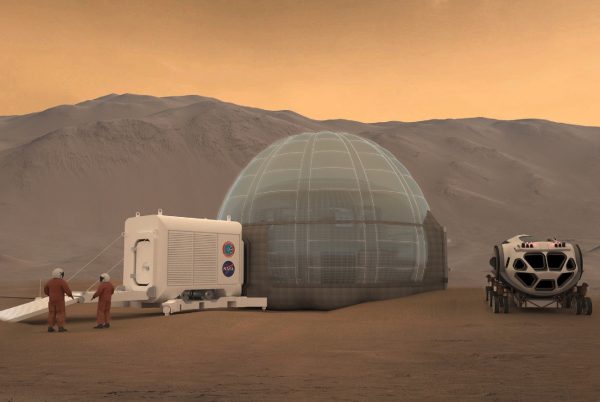What Are California’s “Dark Watchers”?
For hundreds of years, people have looked up at the hazy peaks of California’s Santa Lucia Mountains at sunset and seen tall, cloaked figures staring back. Then, within moments, the eerie silhouettes disappear. These twilight apparitions are known as the Dark Watchers — shady, sometimes 10-foot-tall (3 meters) men bedecked in sinister hats and capes. They primarily appear in the afternoon, and according to a recent article on SFGate.com, visitors to California have seen them perched ominously on the mountaintops for more than 300 years. “When the Spanish arrived in the 1700s, they began calling the apparitions los Vigilantes Oscuros … Read more








